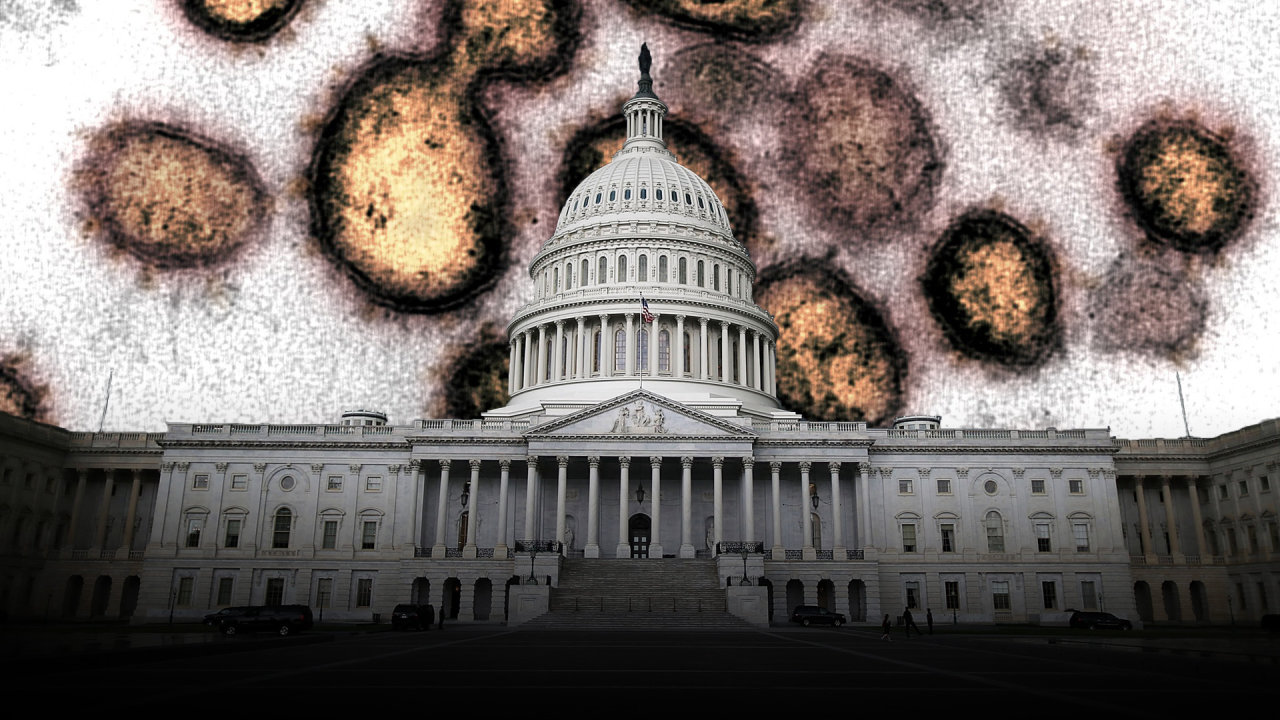By: Walter Olson – wsj.com –
President Trump no longer hopes to see lockdown restrictions relaxed and many businesses reopened by Easter—April 30 now looks like the target date—but it isn’t his call. Public-health merits aside, the president can’t legally order the nation back to work. The lockdown and closure orders were issued by state governments, and the president doesn’t have the power to order them to reverse their policies.
In America’s constitutional design, while federal law is supreme, the national government is confined to enumerated powers. It has no general authority to dictate to state governments. Many of the powers government holds, in particular the “police power” invoked to counter epidemics, are exercised by state governments and the cities to which states delegate power. When yellow fever ravaged Philadelphia in 1793, it was the city of Albany, N.Y., that required the arriving Alexander Hamilton and his wife, Eliza, to wait out a quarantine at the Schuyler Mansion. To this day, U.S. states remain in charge of responding to epidemics.
Modernizers have long scoffed at America’s federalist structure as inefficient and outdated, especially in handling emergencies. Only the mighty national government, they argue, can quickly assemble the best information, use it to design and adopt a consistent set of policies, and then get the word out clearly and persuasively to the entire country.
Today you won’t find these critics scoffing at the states or overglamorizing Washington. One federal institution after another, including the Food and Drug Administration and Centers for Disease Control and Prevention, has been caught flat-footed by Covid-19. White House briefings have been contradictory, unfocused and often at variance with actual policy, while Congress spent days bedecking a legislative Christmas tree of a relief bill, sagging under the weight of superfluous ornaments.
State governments, by contrast, with some exceptions here and there, have responded to the emergency more skillfully and in a way that has won more public confidence. States have had four key advantages:
- Knowledge of resources.States know far more than Washington about available local resources, such as closed hospitals, and how to activate them. Thus the quick plans to convert convention centers in New York, Baltimore and Santa Clara, Calif., into temporary hospitals, and Maryland Gov. Larry Hogan’s idea of repurposing the state’s vehicle-emissions inspection centers for drive-through medical testing.
- Knowledge of hazards. In some states, tourist crowds and late-night revelers pose the most urgent danger of spreading the virus, while in others it’s church gatherings. States with dense, transit-dependent cities face one set of challenges; those at the hub of international air travel, another. States can tailor local policy emphasis and messages in ways that would elude or overcomplicate any federal plan.
- Knowledge of response priorities. After the federal government’s fiasco in failing to approve Covid-19 tests, Gov. Andrew Cuomo of New York made sure his state took the lead in rolling out testing. His instincts were proved correct when that testing confirmed New York City’s status as the hotspot of the U.S. outbreak.
- Quicker, more flexible mistake correction. Pennsylvania Gov. Tom Wolf drew fire when, after waiting longer than his neighbors to respond to the crisis, he instituted sweeping closures. Almost at once, local voices pointed out that many of the facilities being closed—from rest stops relied on by truckers to laundromats, forestry companies and accounting firms—were either more vital to everyday life than the state had reckoned, less risky to operate or both. Mr. Wolf heard them and promptly backed off on multiple categories. It’s a lot easier for locals to reach someone in the governor’s office than the president’s.
Whether America begins returning to normalcy on April 30 or not, the coronavirus crisis will put the U.S. system of government to the test. The record of federal systems—some of the best known are in Canada, Germany and Switzerland—suggests there’s a lot of resilience packed into the model.
So see this article, and subscribe to others like it, click read more.
 Listen Online
Listen Online Watch Online
Watch Online Find a Station in Your Area
Find a Station in Your Area









 Listen Now
Listen Now Watch Online
Watch Online
